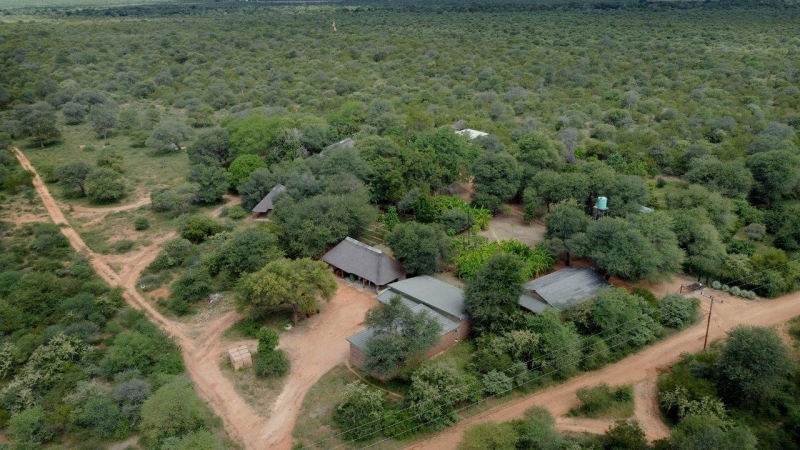Botswana, like many African countries with a colonial past, maintains a dual land tenure system inherited from its historical experience. The bulk of the land in Botswana is categorized as “tribal land,” predominantly held under customary notions of land tenure by indigenous peoples. In contrast, the State holds a significant portion as “State land,” which was formerly known as “Crown lands” during the colonial era. A small fraction falls under “freehold land,” governed by common law concepts introduced during colonial rule. This article delves into the complexities of Botswana’s land tenure system, exploring the transition from customary to statutory land control and the challenges associated with land reform efforts post-independence.
Colonial Legacy and Land Tenure:
During the colonial era, Botswana’s land was classified into tribal, State, and freehold categories, reflecting the diverse ownership and governance structures established by colonial powers. Tribal land, governed by customary law, remains the predominant form of land tenure in Botswana, reflecting indigenous ownership and occupation practices. State land and freehold land, influenced by received law, represent alternative forms of land ownership introduced during colonial rule.
Post-Independence Land Reform:
In 1968, soon after gaining independence, the Botswana parliament passed legislation to overhaul customary land tenure by establishing statutory land boards, replacing traditional tribal land control institutions. These reforms sought to modernize land administration and tackle challenges inherent in traditional land governance systems. However, initial assessments indicated that transitioning to statutory land boards presented complexities and encountered issues akin to land transformation endeavors in other African nations. Despite the intention to streamline land management and governance, the implementation of these reforms faced hurdles, highlighting the intricate nature of land tenure transitions and the need for careful consideration of local contexts and stakeholder dynamics in reform initiatives.
Challenges of Land Transformation:
The shift from customary to statutory land control in Botswana underscored the complexities inherent in land reform initiatives and the necessity of harmonizing traditional practices with modern governance structures. The establishment of statutory land boards aimed to streamline land administration and improve transparency but encountered challenges in reconciling customary and statutory land tenure systems. Despite efforts to modernize land governance, the transition underscored the importance of respecting and integrating customary norms and practices into statutory frameworks to ensure effectiveness and legitimacy. This process illuminated the intricate dynamics of land tenure reform and emphasized the need for adaptive approaches that recognize and accommodate the diverse land tenure systems and cultural contexts prevalent in Botswana and other African nations.
Conclusion:
Botswana’s dual land tenure system reflects a blend of customary and statutory land governance structures shaped by its colonial legacy and post-independence reforms. The transition from tribal to statutory land control underscores the complexities of land transformation and the importance of balancing traditional practices with modern governance mechanisms. As Botswana navigates the challenges of land reform, it must address the nuances of its land tenure system to ensure sustainable and equitable land management practices for the benefit of its citizens and the nation as a whole.



